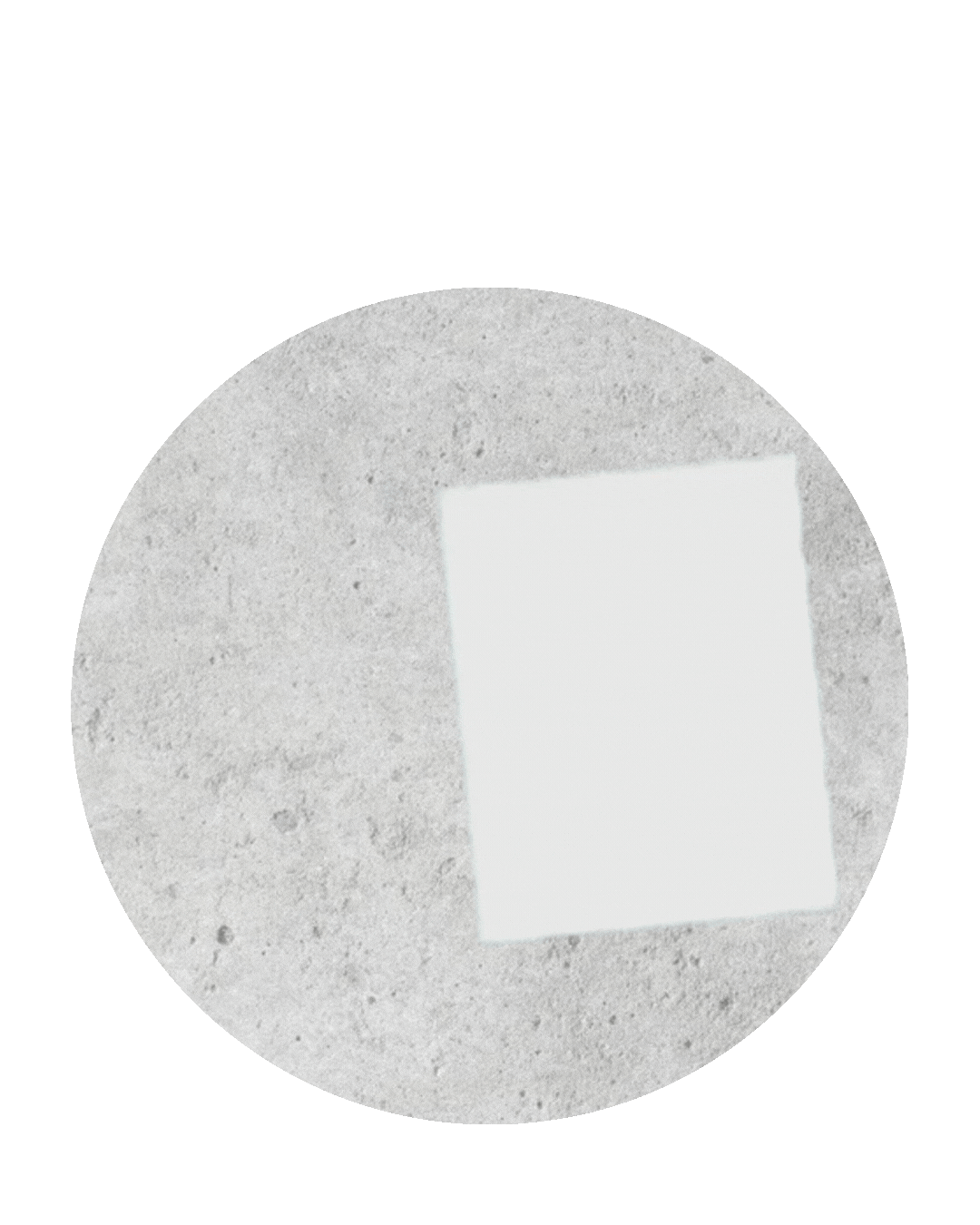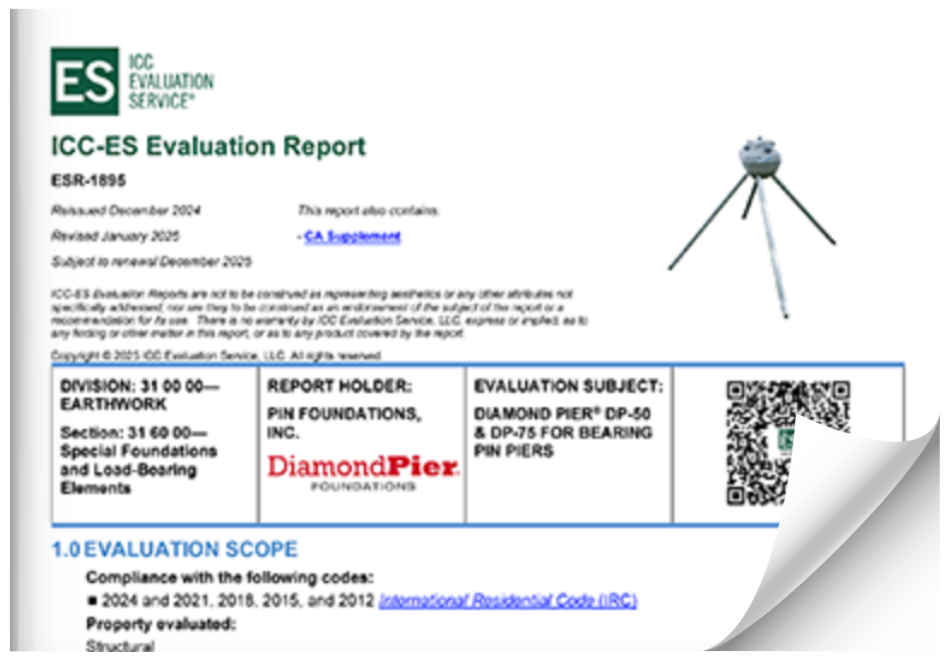How Diamond Pier Handles Frost Heave & Other Forces
10 Year Frost Performance Study of Diamond Pier Foundations
At Pin Foundations, Inc., we understand the concerns that many builders have when building in severe frost zone areas. That’s why we invented the Diamond Pier foundation. We collected performance data to include over 95,000 Diamond Pier installations over a 10-year period, statistically showing the Diamond Pier’s ability to achieve equivalent or better performance in frost zone areas compared to a prescriptive code compliant concrete footing. Refer to the Diamond Pier Load Chart for capacities and equivalent ratings.
Download The Study Minnesota Market Survey
Frost Heave & Expansive Clays
Diamond Pier foundations perform well in expansive soils. The uplift resistance of the system effectively resists frost heave pressures often found in the northern portion of the United States, and movement in expansive soils often found in the southwestern portion of the United States. The Diamond Pier foundation is used in areas requiring frost protection and is approved the ICC-ES for use in all weathering zones. (ESR-1895 – Paragraph 2.0…The bearing pin piers are permitted for use in any of the weathering classifications defined in IRC Figure R301.2(3).)
Rather than reaching a specific vertical depth or gross weight, Diamond Pier foundations resist heave pressures with their wide “Spread Pile” pin groups. This “Spread Pile” footing resists forces differently. Embedded in the intact soil structure, the pins are prevented from changing angle under load by the concrete head, creating a stable foundation for both bearing and uplift forces.
Because of the unique design of the Diamond Pier head, the pins are also free to move along their axes without compromising the position of the head or its lock on the pin cluster. This feature allows the Diamond Pier foundation to absorb soil strains caused by frost heave or expansive conditions without losing alignment or transferring these strains to the supported structure.
As describe by Terry A. Nettles, P.E. State of Washington; in testimony to the ICC-ES submittal in 2005.
…the uplift constraint resistance provided by the pins driven into the soil when combined with the cleaving geometry of that portion of the diamond pier "head" that contacts the earth provides the system with positive performance in tests and in actual installations for resisting uplift deformations (heave) in severe freeze environments in which the product has been installed. The geometry of the system might be considered similar to the prow of an ice-breaking vessel in iced oceans. There is a definite wedging and splitting of the frozen soils and a similar diversion of expanding ice to prevent the lifting of the foundations."
Diamond pier models DP50-50”, DP75-50” & DP75-63” are pre-engineered to meet the equivalent frost protection of a given size concrete footing. Refer to Pin Foundations, Inc. and the equivalency frost rating in the “Residential Diamond Pier Load Chart”.
When assessing projects in extreme frost areas, be aware of sites where traditional concrete footings—48" to 60" deep—have failed to resist frost heave, requiring larger, deeper concrete piers. Project sites that require concrete footings deeper than 60" to resist frost heave exceed the definition of normal soil conditions and the limits of the “Residential Diamond Pier Load Chart.”

NEW ESR-1895 REPORT
Updated! The newly revised ICC ESR 1895 provides improved guidance on Conditions of Use in regions where the frost line exceeds 12 inches. Section 5.3 now clearly refers code officials to the Diamond Pier Installation Manual for frost depth ratings!

Uplift & Lateral Forces
The Diamond Pier provides excellent uplift & lateral forces, as concluded in the field testing report, the IAS Accredited Diamond Pier Uplift and Lateral Field Load Test Report - EEI Report No. 07-020-11- January 23, 2017. Please contact us for a copy for the report.
See our Load Chart to view the uplift and later loads for each model of Diamond Pier.
